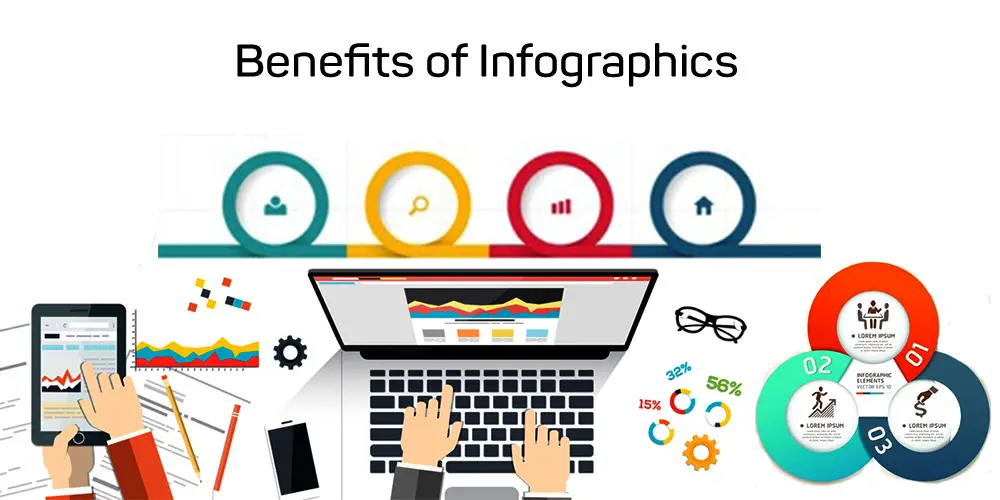THIS ARTICLE MAY CONTAIN AFFILIATE MARKETING LINKS! IN CASE YOU MAKE A PURCHASE THROUGH ONE OF THE LINKS, WE'LL GET A SMALL COMMISSION. WITH NO EXTRA CHARGES TO YOU. THANKS!!
Table of Contents
Every process has its own set of rules, guiding principles, and building blocks. Without any of one these, the said process cannot be done or completed. For example, Graphic Design has its Principles, Types, and Elements. Likewise, Branding also has its own set of rules, principles, and elements. Right now, we are going to take a look at the branding elements, and find the answer to the question of What are Branding Elements?
Before, talking about the Branding Elements let’s have a quick look at the Brand and Branding.

What is Brand and Branding?
In simple terms, Branding is the process utilized by businesses to create a BRAND.
A Brand is a very vague term nowadays, for example, people sometimes use it as a synonym for a logo. Well, a logo is just a part of the whole brand. Whereas, A brand can be described as an intangible marketing concept that helps consumers and audiences in easily identifying a product, business, or individual.
According to Seth Godin,
” A brand is the set of expectations, memories, stories, and relationships that, taken together, account for a consumer’s decision to choose one product or service over another”.
Branding is one of the most complex, and sometimes confusing concepts to learn. But, it can be described as the process used for creating a strong, and positive perception of the business in the mind of customers. For achieving this goal branding make use of various elements in combination such as logo, color, theme, and so on.
Effective branding creates a great brand that helps the business stand apart from its competition. And helps in building a loyal following in the consumers.
What are Branding Elements?
As we discussed that every process has its own elements and so does branding. Below is the list of branding elements and what they are all about.
17 Branding Elements
01. NAME
Brand Name, as the term, suggests is the name of the Brand. It is the word or words that help in identifying the product, business, or services. One of the most important attributes of the name is that it should be memorable.
One must think that coming up with a name for the brand is easy but it is far from the truth. Selecting and creating an Iconic Brand Name is a hard task. Some of the iconic brand names are Coca-Cola, Target, and others. These are the names that are now synonyms to the product or services that the business provides.
02. LOGO
Every brand needs a visual representation that’s where the logo comes into play. The logo is the key element of branding and a brand. Because brand and branding are intangible and the logo provides the brand a clean visual. A logo is often the first thing that the customers see and interact with. It provides recognition to the brand. For example, The swoosh logo of Nike is all that customers require to identify the Nike products. Without even using the word Nike.
The brand logo is used everywhere within the domain of the business. Whether it is products, advertisements, websites, packaging, social media, and so on. You are likely to the brand logo everywhere.
03. TAGLINE
A catchphrase or Tagline has the potential of becoming the most memorable part of the brand. Tagline helps the customers in understanding the business and creates a connection between them and the brand. A great tagline helps the brand position in the market and provides it with a distinct presence.
Some of the famous taglines, “Just Do It” – Nike, “Think Different” – Apple, “It’s Finger-Lickin’ Good” – KFC, and so on.
04. PURPOSE
The Purpose of the brand is the concept of defining the purpose other than making profit and growth. It can be understood as the reason behind the existence of the brand beyond generating revenue. You must not confuse brand purpose with brand promise (quality of product, etc.) and social responsibility (fair wage, etc.). Brand Purpose adds value to the brand, customers, and society as a whole. And it helps the brand in connecting with the customers at a more emotional level.
For example, Crayola has the brand purpose of encouraging creativity in children, Dove’s brand purpose is about self-esteem, and so on.
05. VISION
Brand Vision is about the future of the brand. Vision is the set of ideas that help guide the future of the brand. A great brand vision supports the strategies, connects with customers, motivates employees, and makes advertising and marketing more effective. Without a proper brand vision, the brand becomes aimless and ineffective.
06. VALUES
Brand Values are the set beliefs that the business use for guidance in decision making and for taking actions while operating. By having solid brand values a business can always rely on them in hours of need and when tough decisions are to be made. Brand Value also influences the brand perception in the eyes of the customers. If the brand values align with those of customers they will trust the brand more.
07. PERSONALITY
Brand Personality is the concept of using human characteristics for defining a brand’s personality. It is the aspect of the brand that makes the brand human in the eyes of the customers. Brand Personality is conveyed by the means of voice, visuals, and customer services.
For example, the Brand Personality of Apple is Sincerity, for Disney it is Excitement, for Microsoft it is Competence, and so on.
- Why is Branding Important?
- LOGO DESIGN VS BRANDING: Learn the Differences
- 17 Branding Books you should read now
08. MESSAGE
Brand Message is the message that a brand conveys to its target audience by using visuals, verbal, non-verbal communication. The brand message is also delivered through products and services. Taglines used by the brands are a good example of brand message communication.
For example of the brand message of Apple is about delivering sophisticated, innovative technology with enhanced value.

09. GRAPHICS
Brand Graphics are the graphics tailored made for the brand, and they align with the overall theme, and design used in the business. One of the main qualities of brand graphics is that they provide recognition to the brand. And the graphics are recognizable for belonging to the said brand. Using brand graphics provides a uniform look, attracts the target audience, and helps in telling visual stories.
10. FONT
The Font used within the logo, and the text used on the website, email templates, etc of the brand are very carefully selected. Because fonts are also able to communicate the brand personality and values. Each and every typeface has its own characteristics and they can convey different emotions and traits like color.
11. COLOR
Colors can easily communicate different emotions, and moods. And they are able to impact the perception of the audience. Colors can evoke certain emotions, for example, Red – passionate, Blue – calming, and so on. The importance of the colors for the brand can be emphasized by the fact that some companies have trademarked their signature brand color. For example, UPS – Brown, Tiffany – Blue, and others. Thus, choosing a color that aligns with the brand’s personality, vision, and value is essential.
12. SHAPE
Shapes also play a huge in the brand from shapes used in the logo to the distinct shapes of the products. While on paper shapes have the ability to convey certain traits such as soft, round, organic shapes are considered less intimidating. And in the physical form, the distinct shape is all that is needed to make the connection between the product and the brand. For example, the shape of the Coca-Cola bottle, or the shape of the Volkswagen Beetle. So, coming up with a distinct shape and look is required for building a great brand.
13. IMAGERY
Images have the ability to set the tone, and mood, convey messages, and emotions. Imagery consists of all the images used in branding, and marketing. These images are not specified to the logo or the content but it is about the choice of stock images, background, and graphic style. Brand Imagery is just not about the use of images and graphics it also extends to, how brands present themselves visually.
14. POSITIONING
The concept of Brand Positioning is about the distinct space, and place a business occupies in the mind of the customers. And how it differentiates from its competitors in the market. Brand Positioning helps the business to set them apart from the crowd. Without an established and solid brand positioning no business can thrive and run smoothly. Having a great positioning also improves sales, value and amplifies the message.
15. MOVEMENT
The movement in the brand is about the shifts and movements in the products or services. For example, the upward motion doors of Lamborghini, One day delivery of Amazon Prime, and so on. Movement is an abstract branding element but when used correctly and innovatively provides great value to the brand.
16. SOUND
Like other elements, sound can be also utilized on the brand by providing a unique audio cue for the audience. Sound can be used as jingles, brief music, speech, and songs. With the right sound, the audience can easily recognize the products and services. For example, Netflix sound at the start of the show or movie.
17. PRESENCE
The brand presence is about the presence of the brand at various locations whether digital or physical. Brand Presence is established by making social media accounts and being active on social media, and websites. Placing advertisements, and banners to raise awareness about the brand. And having dedicated brand stores and service centers for the customers.








